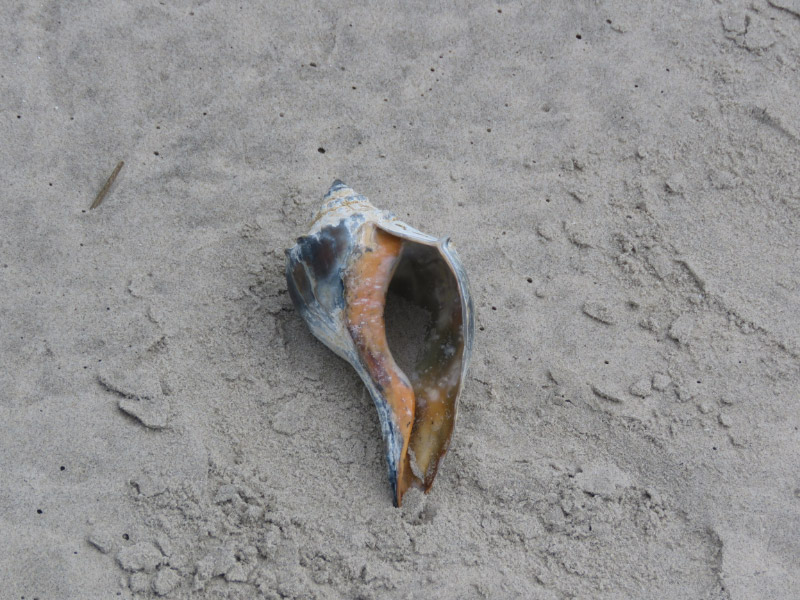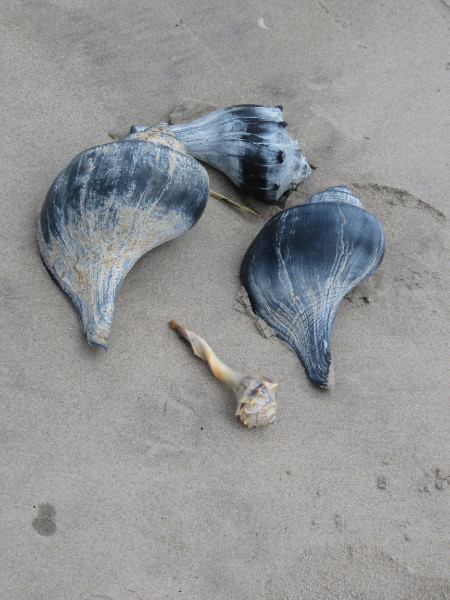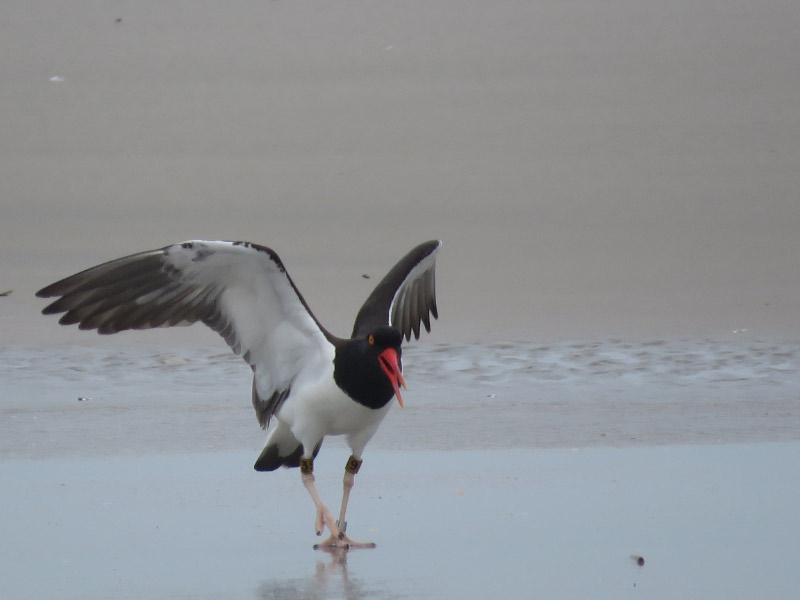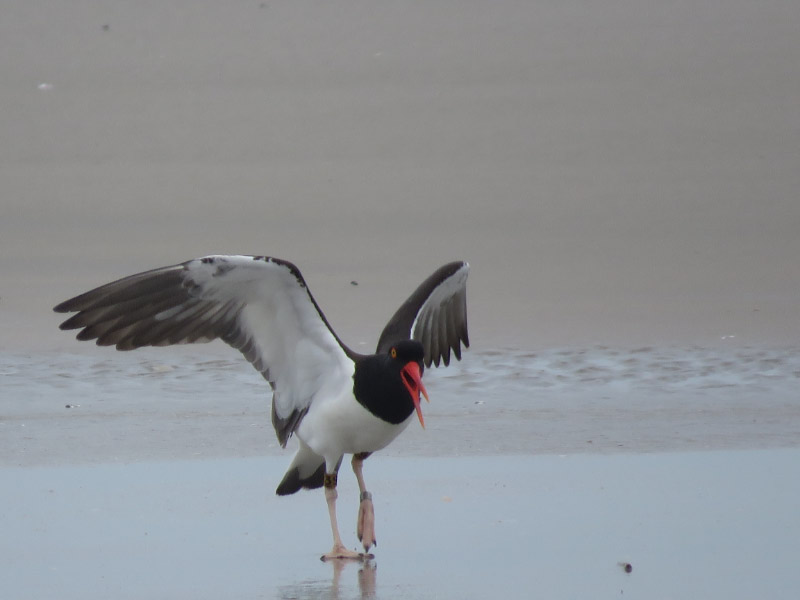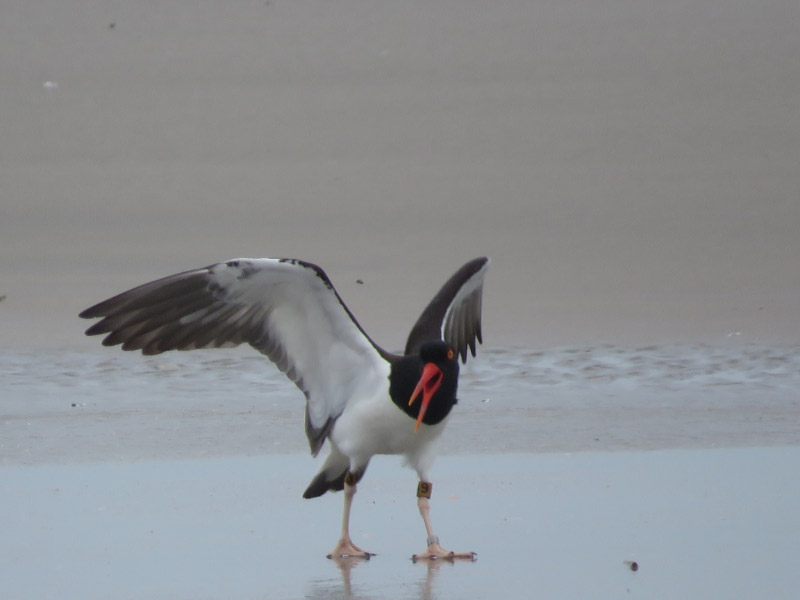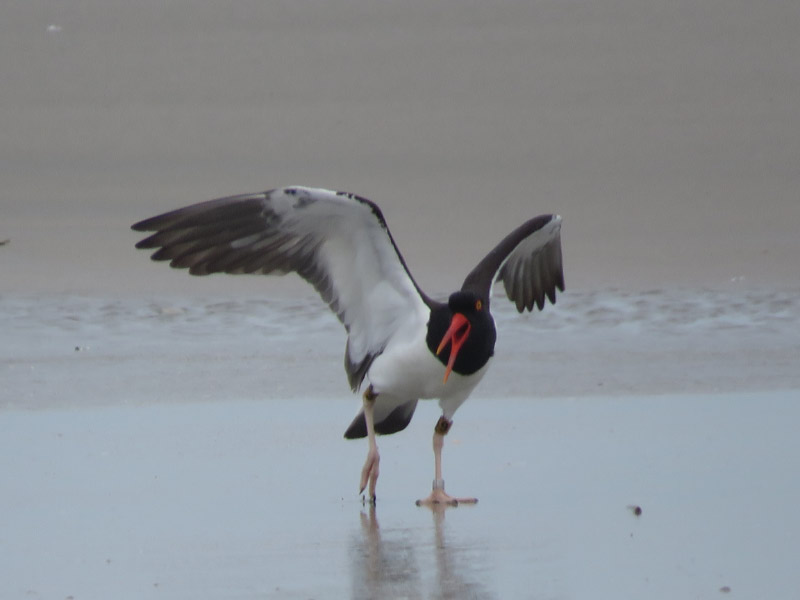Two Mile Beach Whelks
/We also found whelk shells and egg cases at Two Mile Beach during our field trip during Cape May Spring (birding) Festival . The shells are the largest on the beach and appear in a range of colors due to weathering.
There were also whelk egg cases. Our guide encouraged us to open them to find the small shells inside – whelks that were never grow to adulthood because their egg cases have become detached from their anchor in the sea and washed to the shore.
We took a picture with the cell phone and I dug out my macro lens clip for a closer look. They are miniatures of the adults!
I didn’t bring anything to keep the sand and tiny shells…and there was not time to count the ones that were in the case. Supposedly each capsule can contain up to 100 eggs! From the picture – I think there were at least 30.




